The Cinémathèque Suisse turns 75, and film lovers can rejoice
Founded in 1948, Switzerland's national film archives struggled for decades to find suitable conditions to keep the memory of Swiss cinema alive. Today it sits in state-of-the-arts facilities that can keep its gems safe even in case of nuclear war.
For its 75th anniversary the Cinémathèque SuisseExternal link has many reasons to celebrate. It is considered one of the ten most important film archives in the world; preserving not only the memory of Swiss cinema but also many other international film gems.
In the beginning of 2024, the Cinémathèque will also re-inaugurate the Capitole Cinema, Lausanne’s oldest movie theatre built in 1928 and acquired by the government for the use of the Cinémathèque in 2010. The new building will have its original architecture renovated and gain a second theatre underground.
Furthermore, many of Swiss film classics it restored have been relaunched in some of the most prestigious film festivals this year, such as Cannes (The VillageExternal link, 1953) and the Berlinale (Romeo and Juliet in the VillageExternal link, 1941).
Today, the institution is an undisputed part of the national heritage and generously subsidised by the government. Its new research centre, inaugurated in 2019 in the village of Penthaz near Lausanne, centralised the country’s collection of film and non-film materials in one place and under state-of-the-art conditions.
The Cinémathèque has also adapted to the digital transition. The original building plans were changed to include modern digitisation equipment and thousands of terabyte capacity to store the archives.
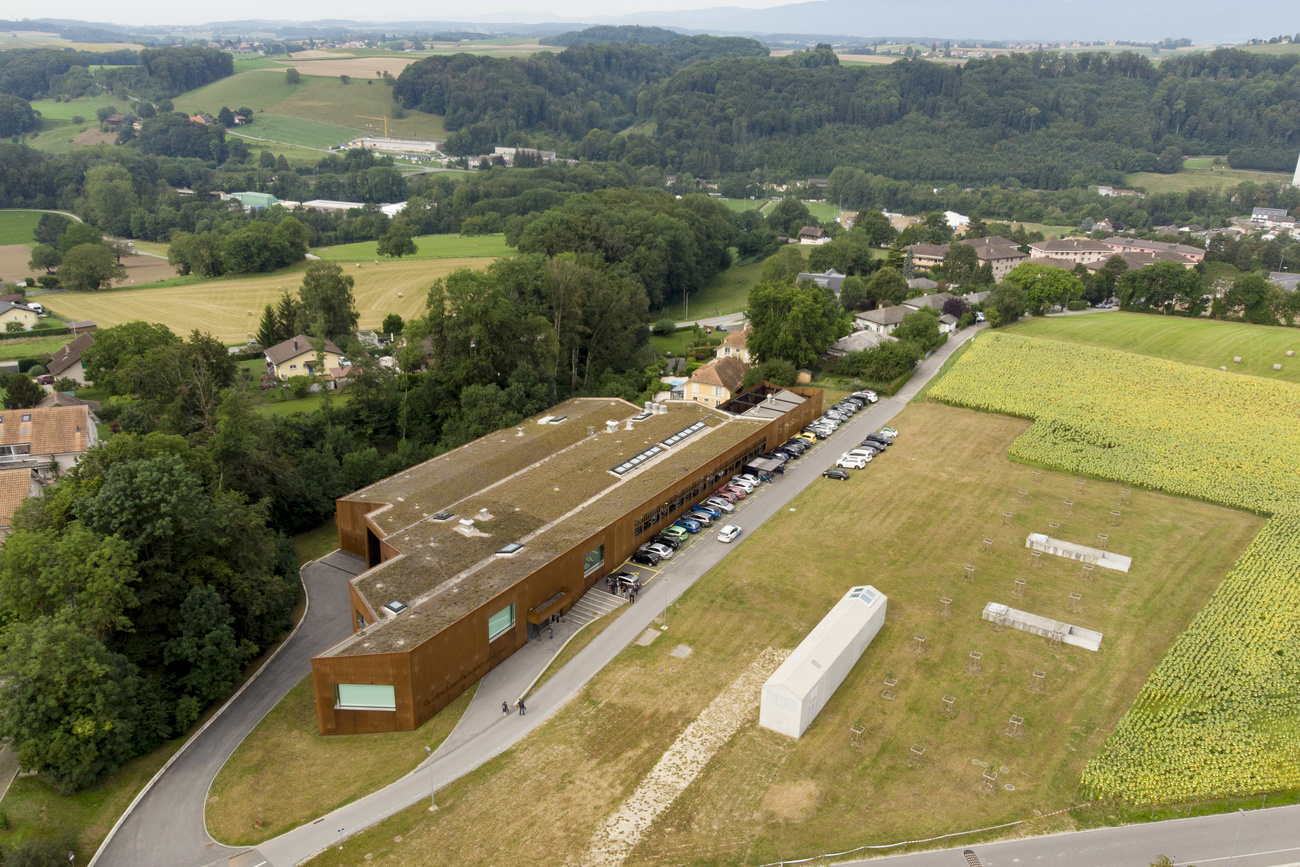
Beyond the founders’ wildest dreams
Working conditions – premises, equipment, staff, and financial support from the government – probably surpass its founders’ wildest dreams. Maintaining a film archive is a highly specialised, delicate, expensive, and dangerous job. Film is an inflammable material, and older kinds, like nitrate film, if not stored properly can easily ignite by themselves.
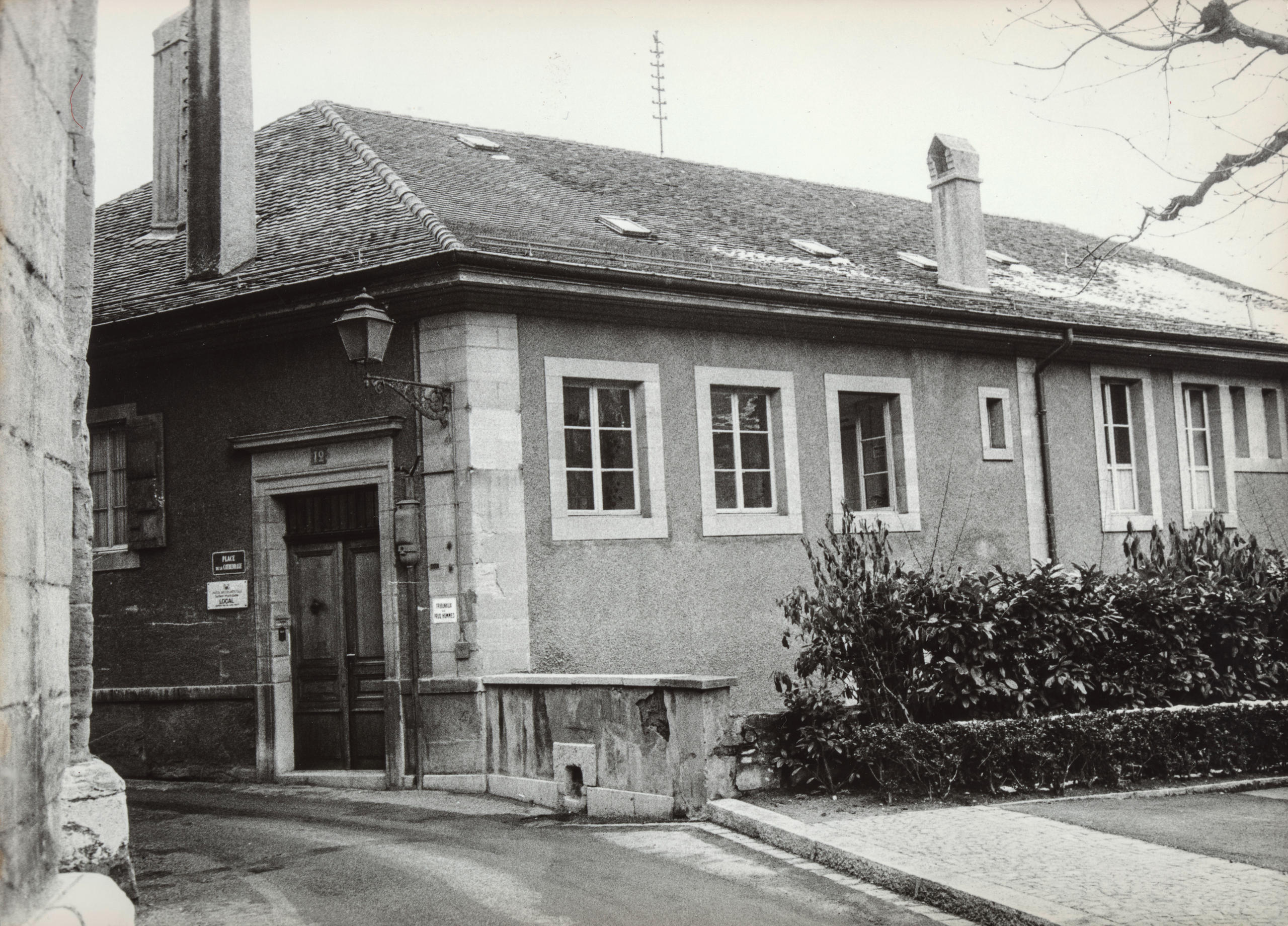
The Cinémathèque Suisse was one of the first members of the International Federation of Film Archives (FIAF)External link, which counts today 94 active members and 79 associates from over 85 countries. Many of them still struggle to keep their storage conditions in order.
In many instances the costs of neglect can be tragic. This was evidenced in 2021 when part of the archives of the Cinemateca BrasileiraExternal link in the Brazilian city of Sao Paulo burnt down. The working conditions of the Cinémathèque Suisse are both object of national pride and of international admiration, serving as a model for many other film archives around the world.
This hasn’t always been the case. Despite the many subsidies that the Cinémathèque received throughout its first decades, storage conditions were rather precarious, and its capacity to restore films limited.
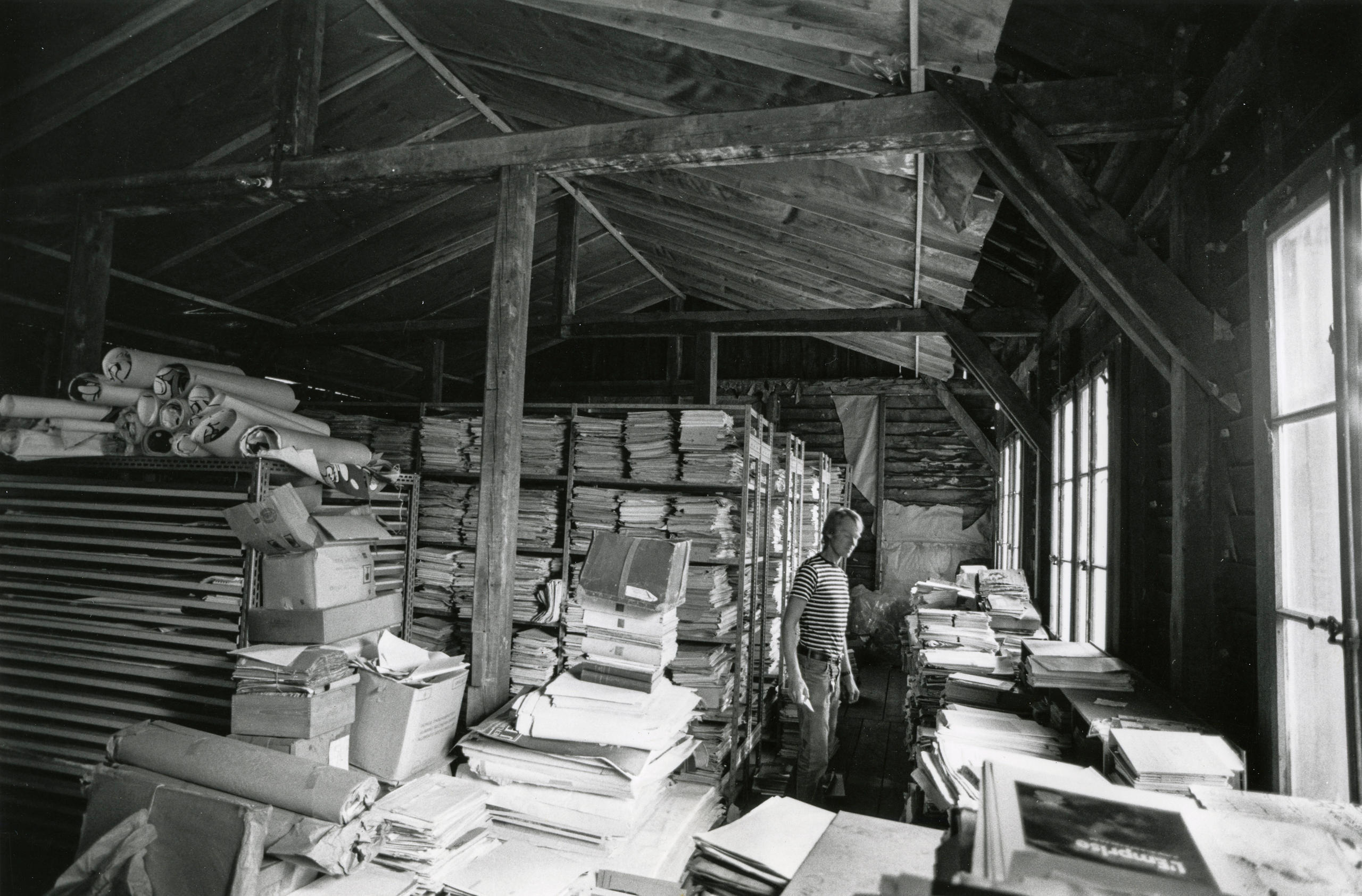
The relatively advantageous working conditions of the Cinémathèque are mainly due to the stubborn efforts of its directors, which eventually won the support of the federal authorities. This allowed the Cinémathèque to benefit from more funding and political backing.
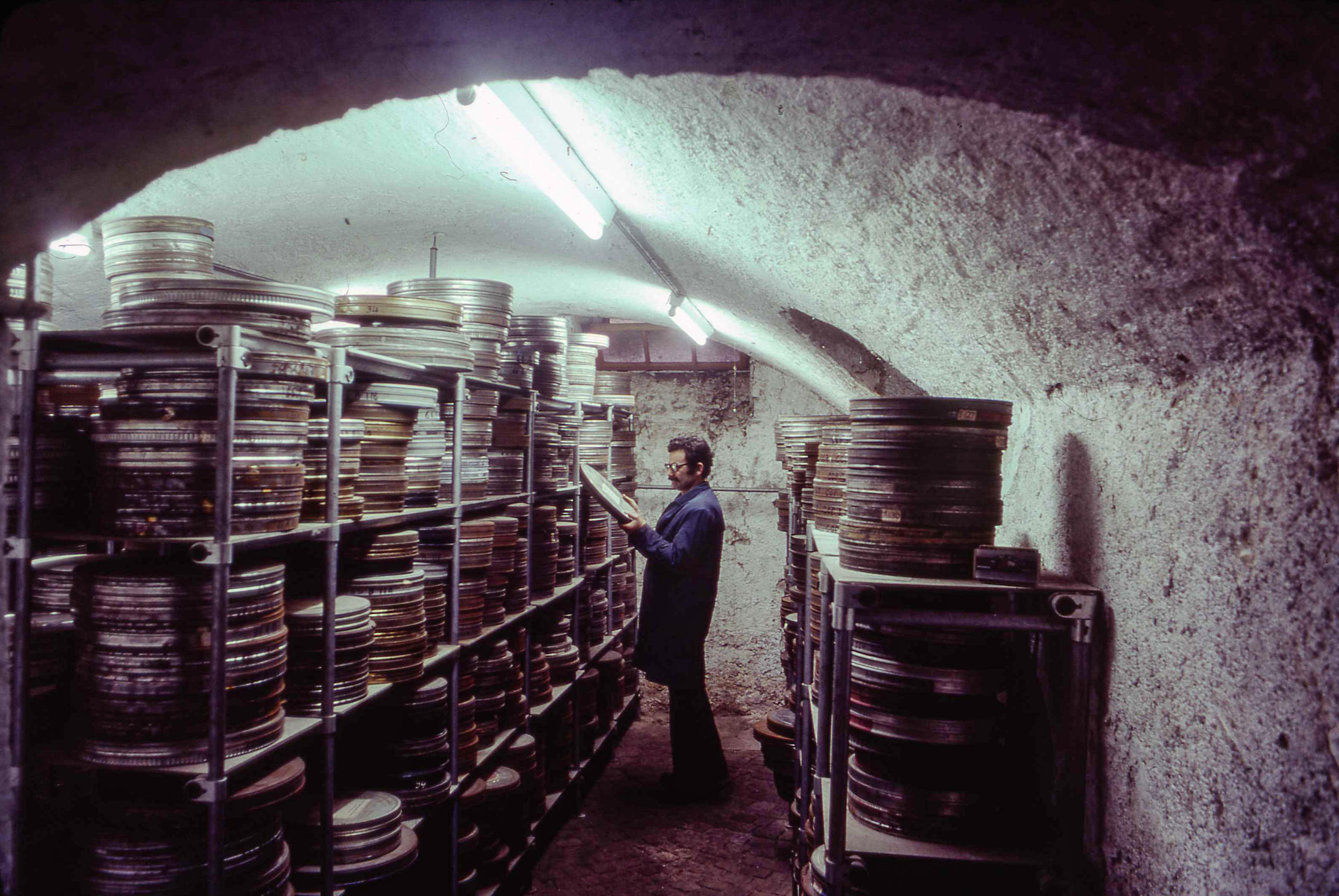
Directed by beloved film lovers
Freddy Buache took the reins of the Cinémathèque in 1951 and ruled the institution until 1996, when he passed the torch to Hervé Dumont. Since 2009, the critic Frédéric Maire, former artistic director of Locarno Film Festival, sits at the helm.
Maire has strived to continue the institution’s mission as defined by Buache and Dumont.
“The only challenge that I had to face, and that the two former directors did not, was the shift to digital,” Maire told SWI in an interview in the Cinémathèque’s office at the Casino de Montbenon in Lausanne.
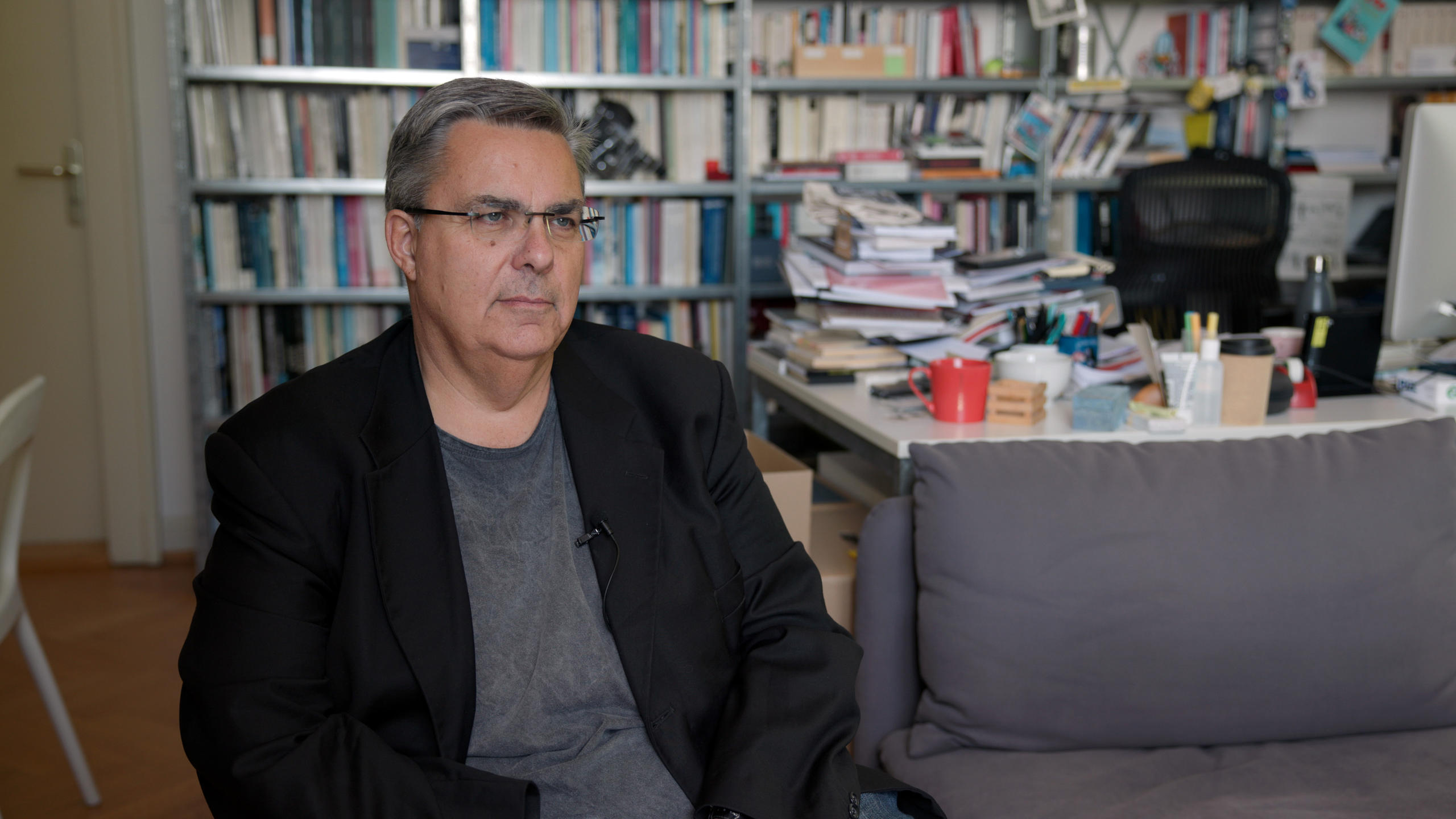
Tough start, happy end
The idea to create a film bank in Switzerland started in 1943, when a group of independent film lovers founded the Swiss Cinematographic Archives under the auspices of the Basel Fine Arts Museum (Kunstmuseum Basel).
Taking as a model the pioneer Cinémathèque Française, founded in 1936, the group moved its quarters to Lausanne when a new right-wing government took over the canton of Basel – after all, as Buache told in an interviewExternal link, the founders of the Cinémathèque were all “proud leftists”. In Lausanne, they renamed it as the Association Cinémathèque Suisse, and the official inauguration of the institution took place on November 3rd, 1948.
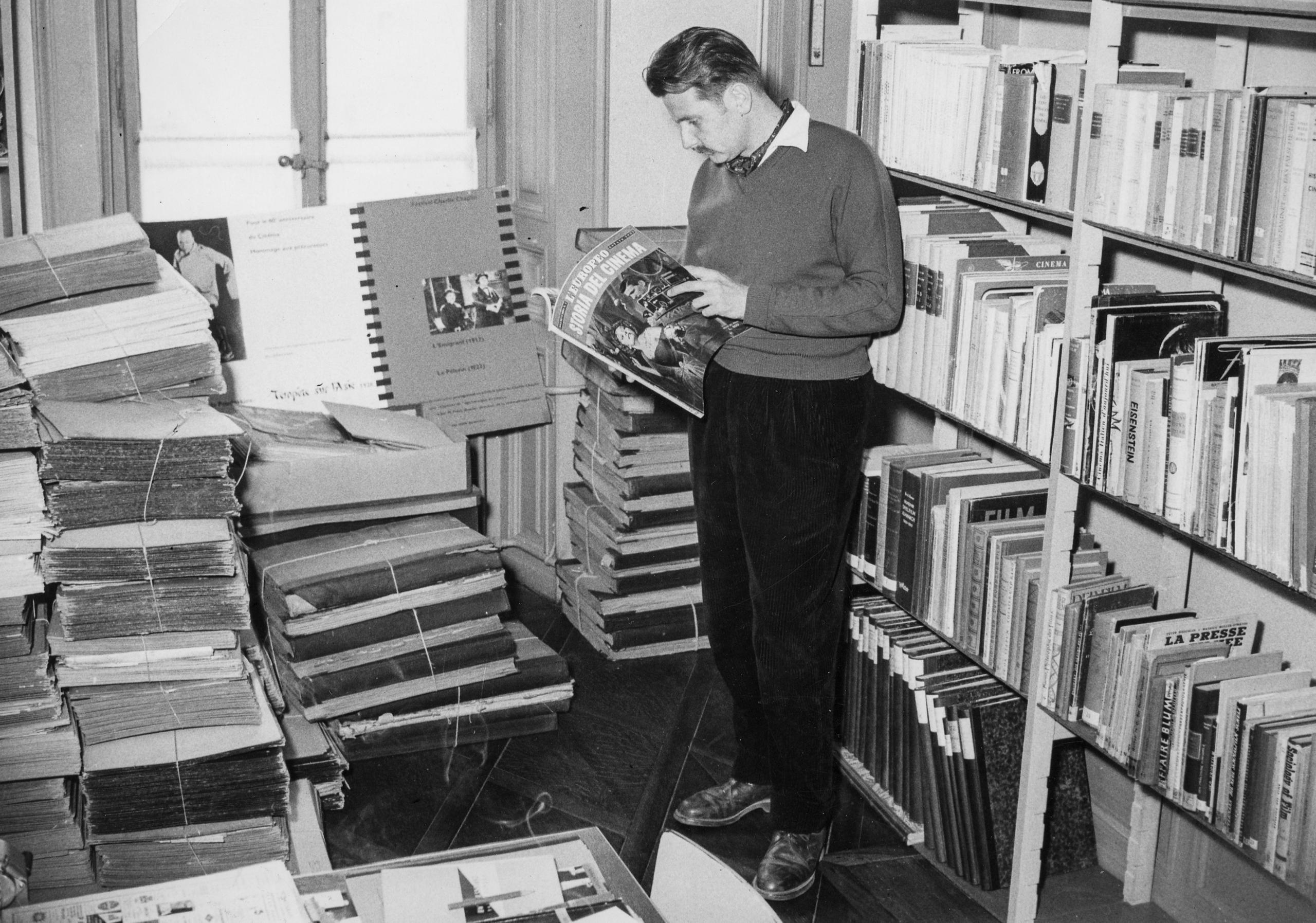
Getting the government on board was not straightforward. The association depended on local subsidies – canton Vaud started to support it in 1955, along with other Swiss cantons. Only in 1963 did it begin to receive modest contributions from the federal government. During its first three decades, the Cinémathèque struggled to find proper premises to store its films and to screen them.
Conditions improved in the 1980s. In 1981, the Cinémathèque acquired its first decent site, the former Casino de Montbenon, in Lausanne. The building was renovated, comprising a movie theatre, but its collection was still scattered over several sites and its ancient nitrate films, highly fragile and combustible, were moved to the disactivated nuclear plant of Lucens, in the same canton.
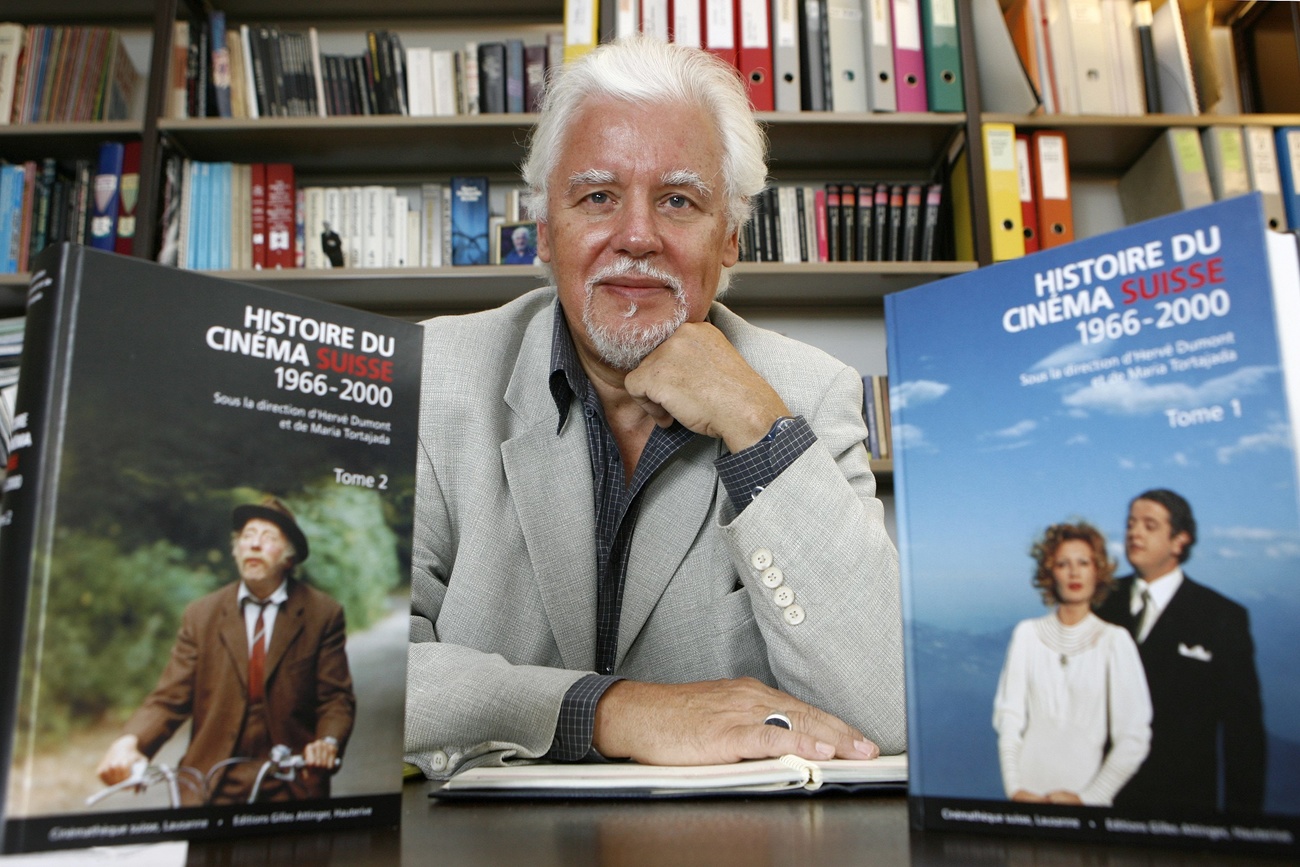
Times have changed. The government assumed the cost of the renovation of the research center in Penthaz (CHF55 million, or $64 million) and keeps the institution afloat with a yearly CHF5 million budget.
The Cinémathèque’s staff, comprising 100 professionals (75 of them in full-time jobs), is busy restoring an average of 15-20 films annually, which Maire considers “at the same time a lot and too little”. They are all commited to the painstaking process of digitising not only thousands of films but also millions of non-film materials to provide the public with access.
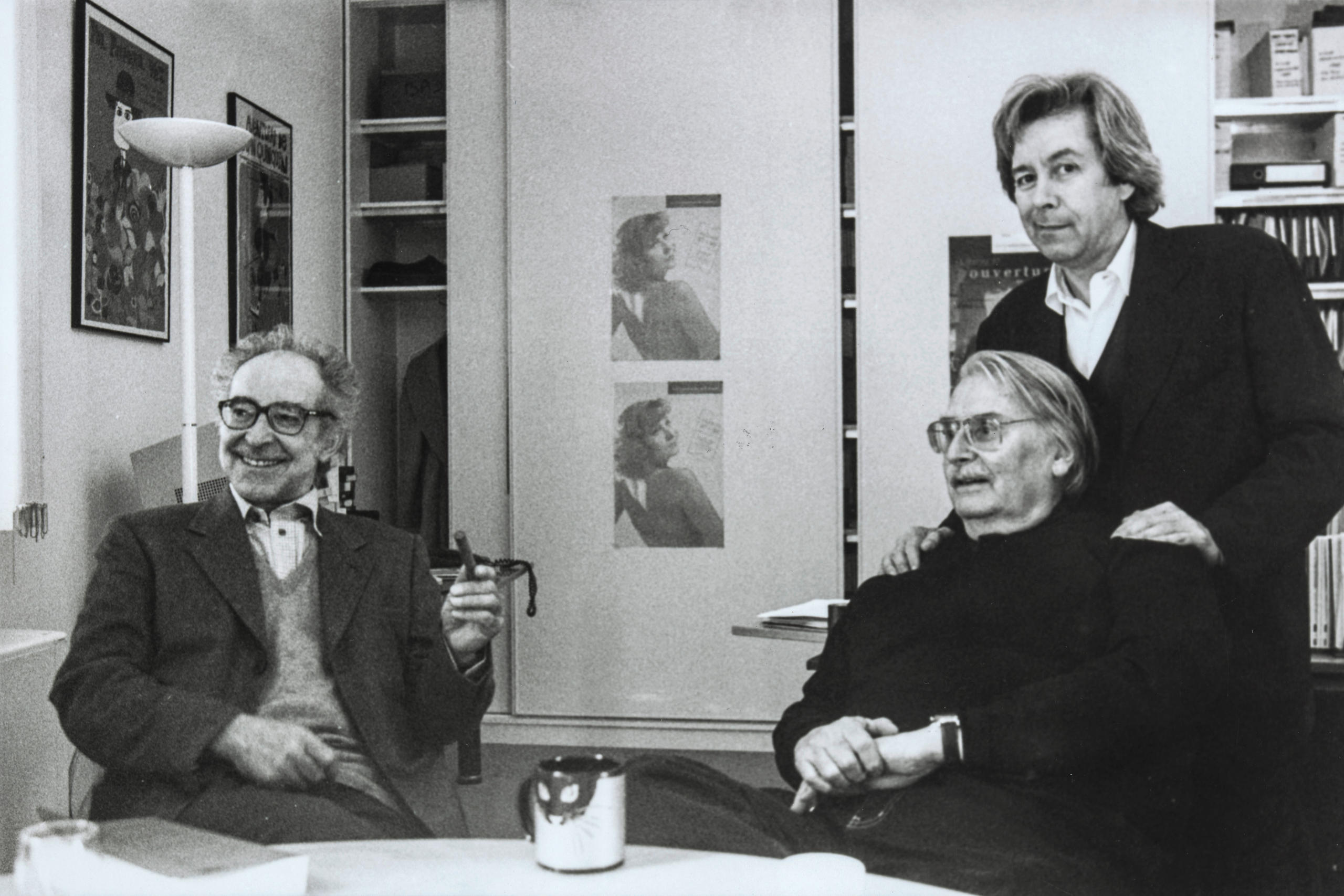
Where cinema’s greatest come to rest
Besides the extensive collection, film makers, distributors and collectors donate an average of 400 films per year at the Cinémathèque. The Cinémathèque Suisse has become a destination of choice for the films and archives of many film greats – Roberto Rossellini (Italy), Luís Buñuel (Spain), Theo Angelopoulos (Greece), Manoel de Oliveira (Portugal), Amos Gitai (Israel), and Darren Aronofsky (US), among others – thanks to personal ties developed by the Cinémathèque’s directors.
“But there is another factor at play here that I would call the ‘safe vault factor’,” says Maire. “Switzerland is some kind of neutral country, free from conflict and war, with a reputation for having good safes for money, and now also indirectly for film.”
Looking at the bunker-like premises in Penthaz, one can also conclude that the archives are safe even from nuclear catastrophe.
Maire smiles indulgently. “Yes, we are all going to die, but not the films,” he says. “In Switzerland some of our facilities are designed as fallout shelters. In the case of nuclear war, we could even house part of the local population here by closing the special, very heavy doors at Penthaz.”
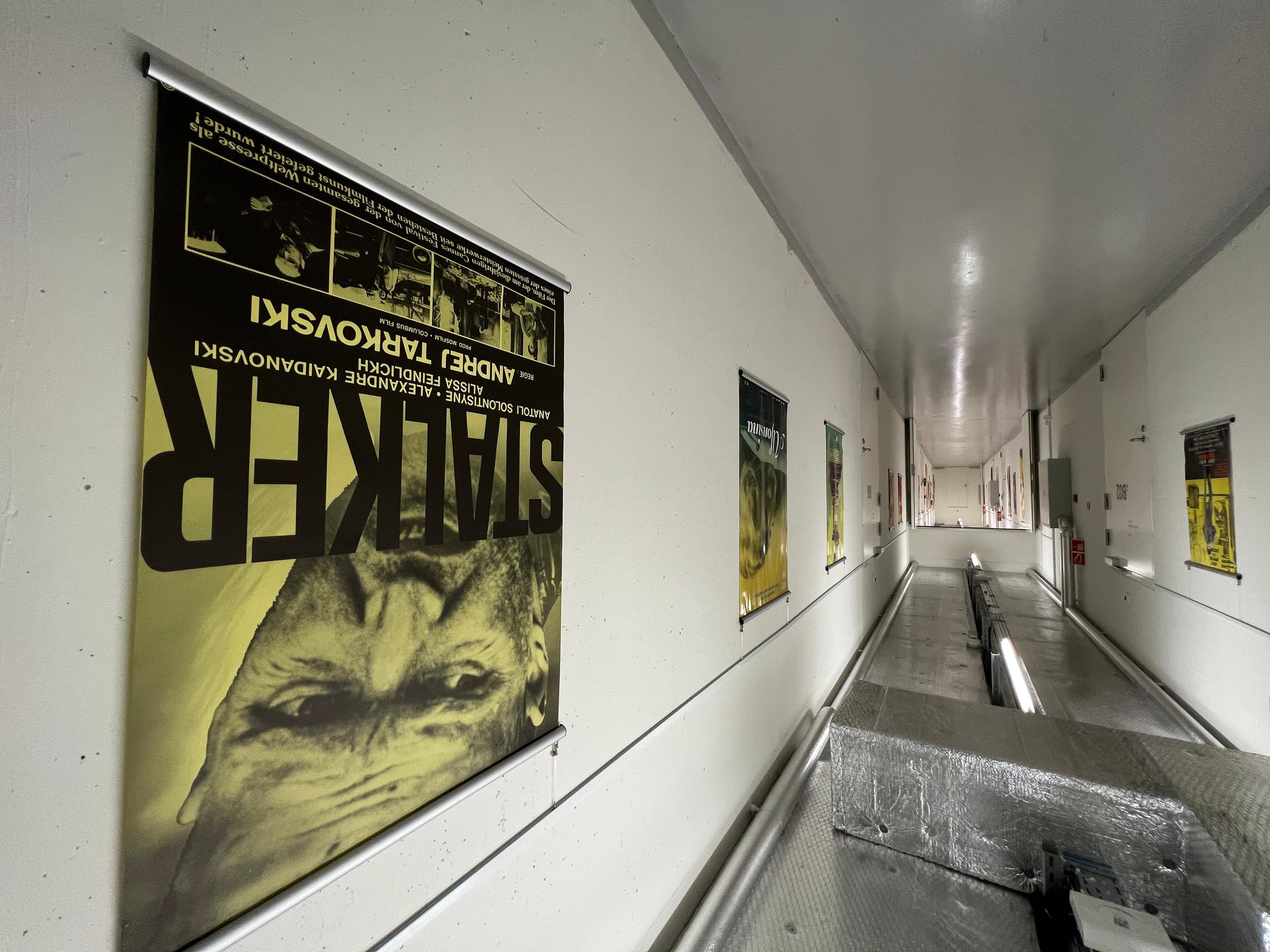
In the maze of film cans waiting for restoration and/or digitisation, the priority is to work on films whose original elements are in advanced stages of deterioration. The agreement with the government stipulates that important Swiss works of fiction and documentaries from renowned film makers come next on the list. “Every national archive takes care of its own heritage,” says Maire. “After all, we’re not going to use money from the Federal Office of Culture to digitise an American film.”
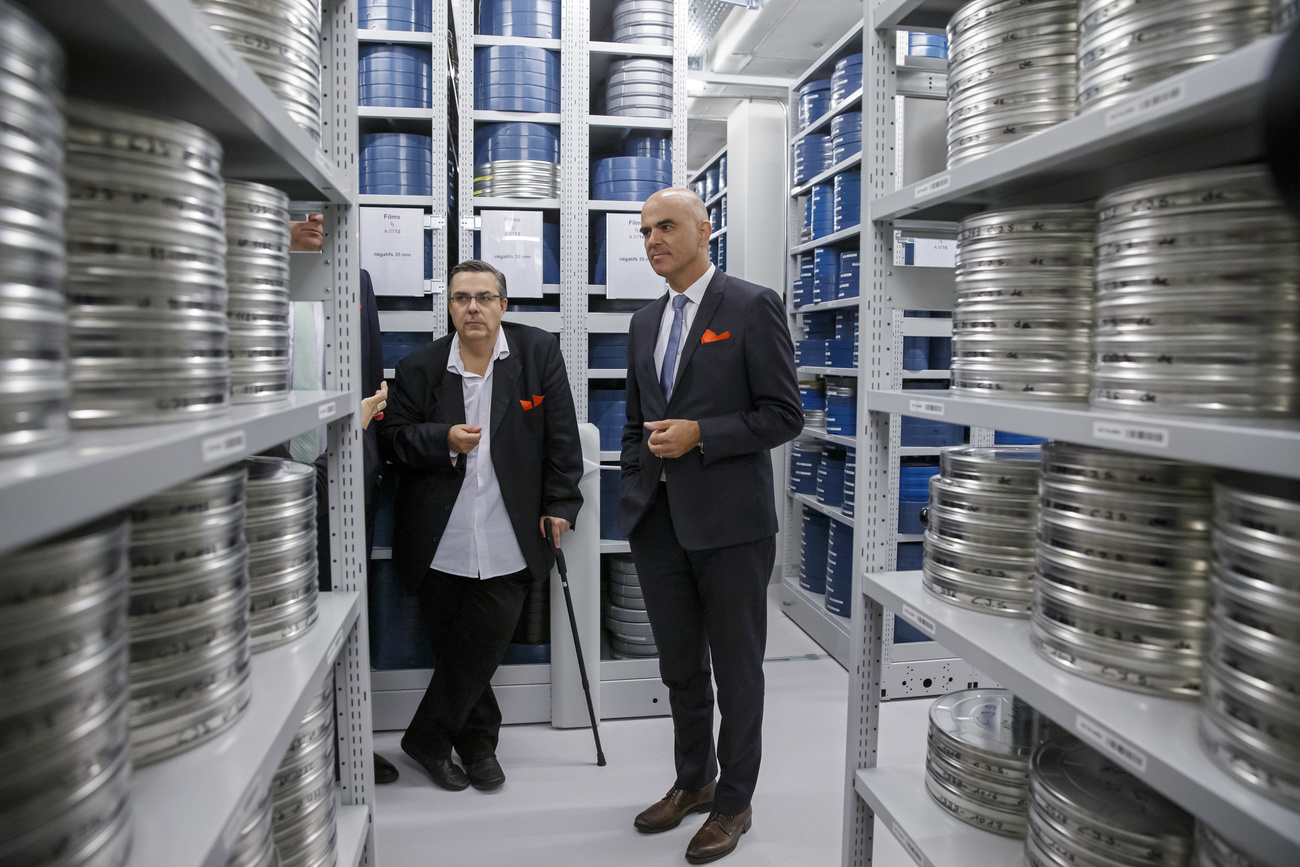
However, this stance doesn’t impede the Cinémathèque to collaborate on the restoration of foreign films, especially when rare copies of these films are deposed in the Swiss archives. In these cases, professionals from foreign institutions do part of their work in Penthaz and vice versa. Sometimes, as it happened with an Algerian film found in the Cinémathèque’s troves, the digitalisation was totally processed in the Cinémathèque since its Algerian counterpart had no financial means to do it herself.
AI, the next frontier
The federal support puts the Cinémathèque in a privileged position among its peers. In many countries film archives are dependent on the deep pockets of private institutions or personalities, like Martin Scorsese’s Film FoundationExternal link in the United States. Swiss public television (SBC, the Swiss Broadcasting Corporation, parent company of SWI swissinfo.ch) has sponsored part of the digitisation efforts.
Counter the idea of the Cinémathèque as a film museum, Maire says that his job is to look ahead. Privilege also brings the need to be at the forefront when facing the rapidly evolving landscape of technology. Beyond new tools to work on the materials and platforms to distribute them, Maire is now looking for ways to harness the power of artificial intelligence.
“There is enormous potential for the mass digitisation and identification of tons of videocassettes and millions of photos”, says Maire. “We are at the cutting edge, and we intend to stay there.”
Edited by Virginie Mangin/ds
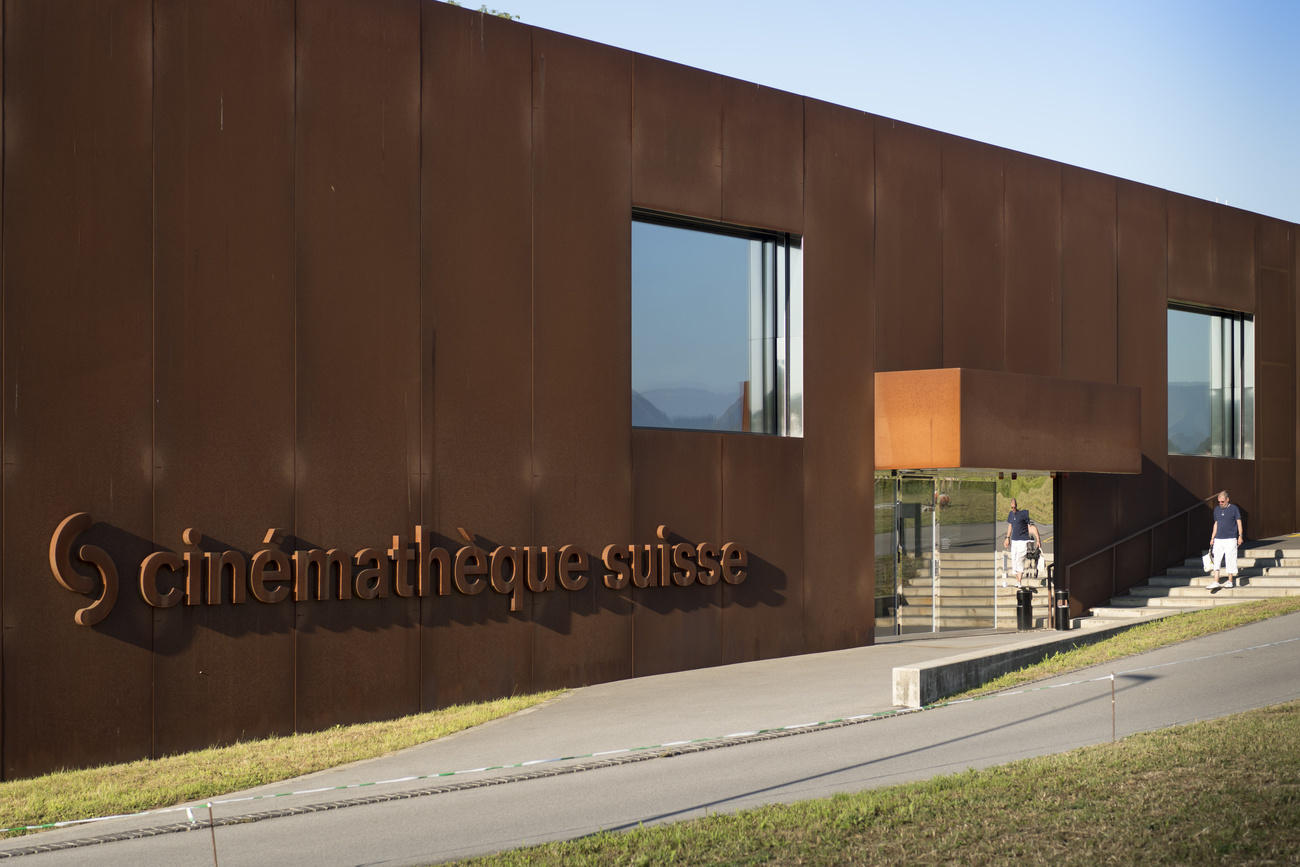
More
Swiss Film Archive inaugurates research centre

In compliance with the JTI standards
More: SWI swissinfo.ch certified by the Journalism Trust Initiative
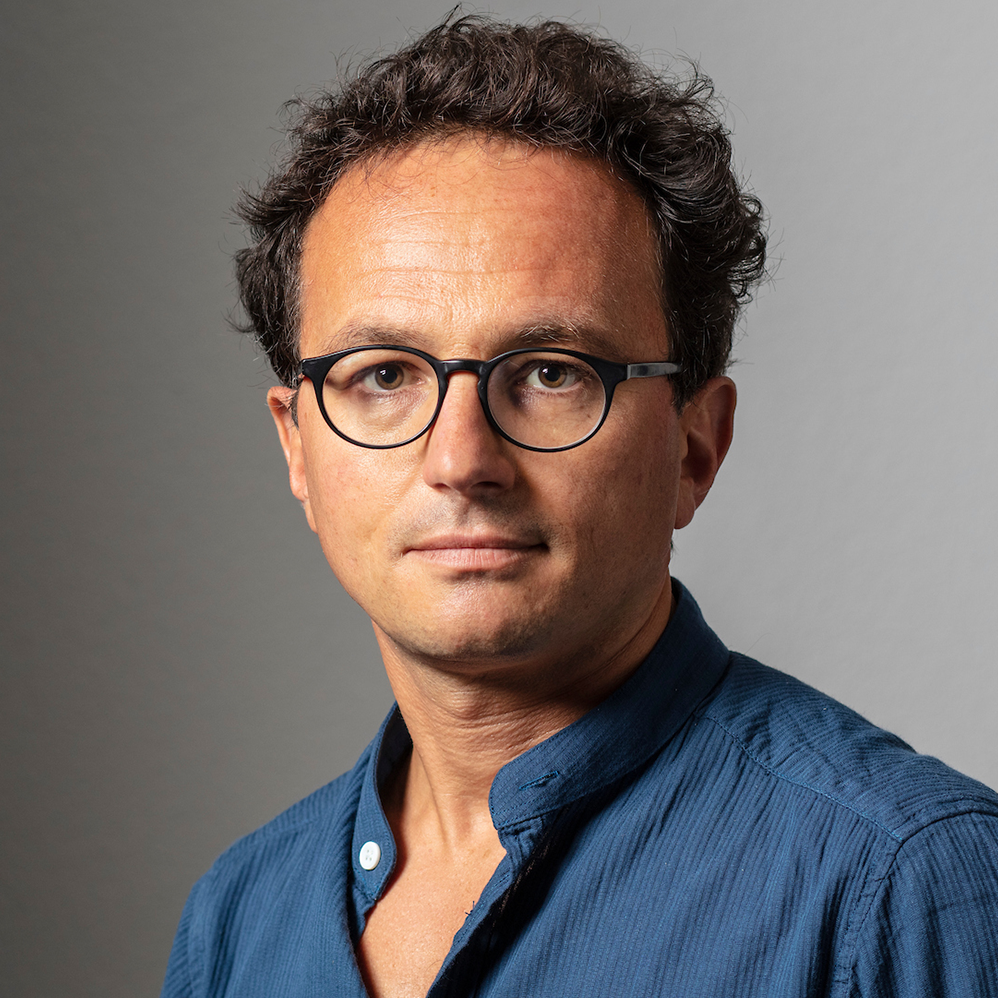
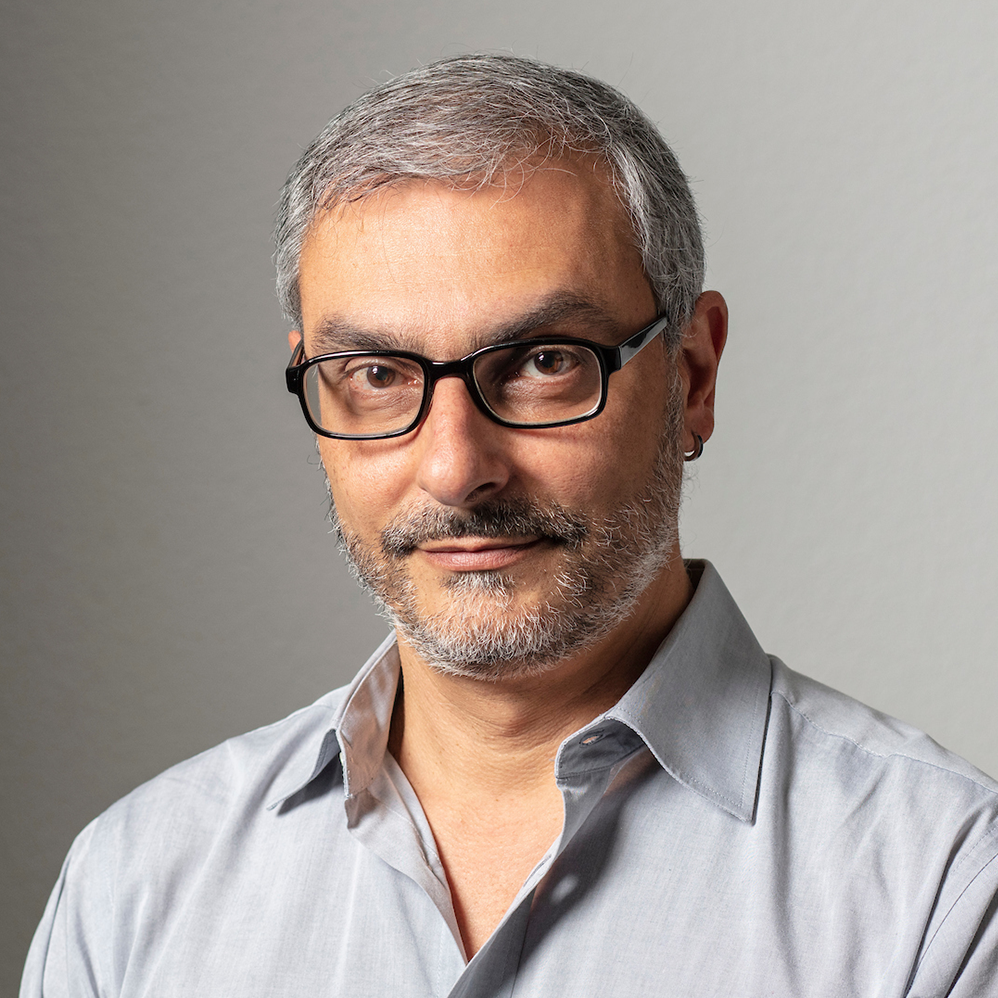




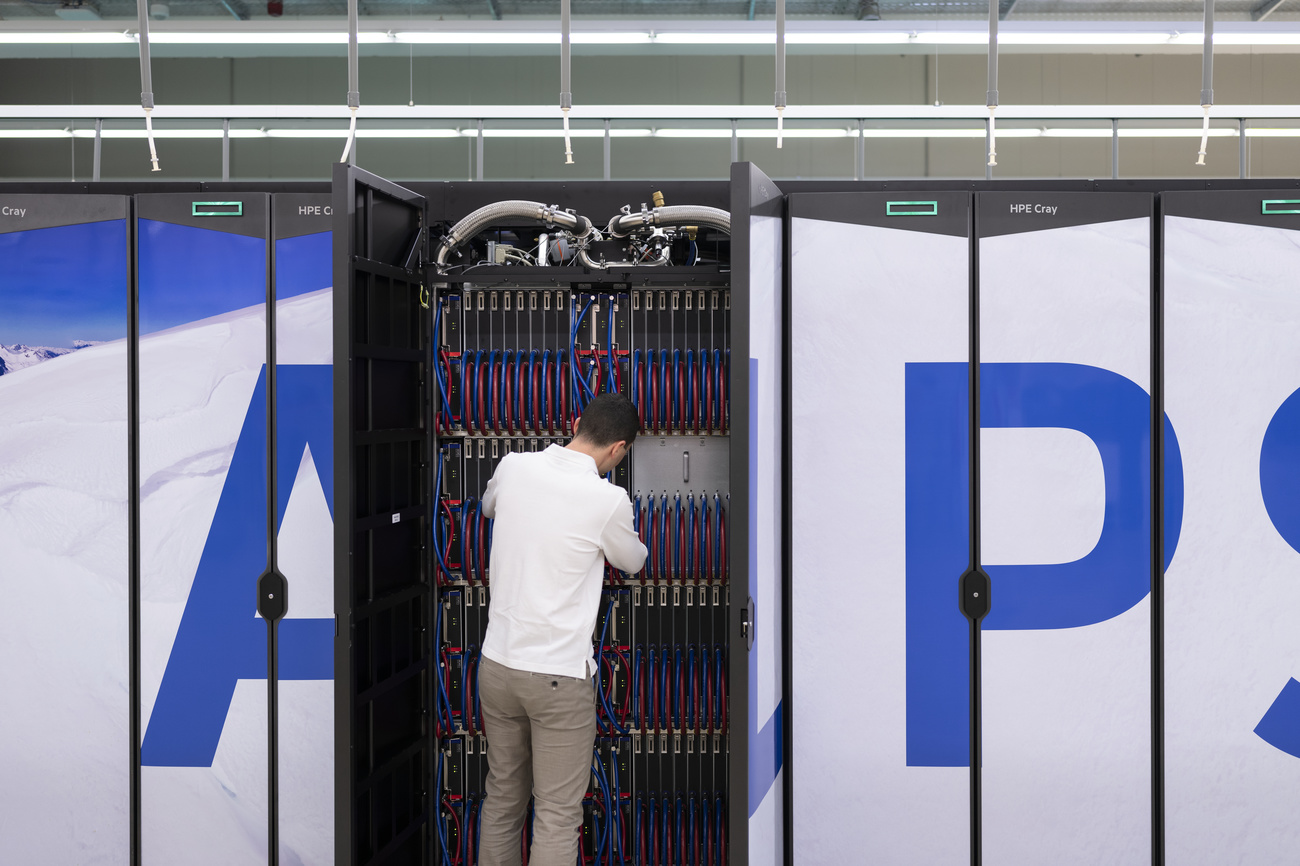


You can find an overview of ongoing debates with our journalists here . Please join us!
If you want to start a conversation about a topic raised in this article or want to report factual errors, email us at english@swissinfo.ch.